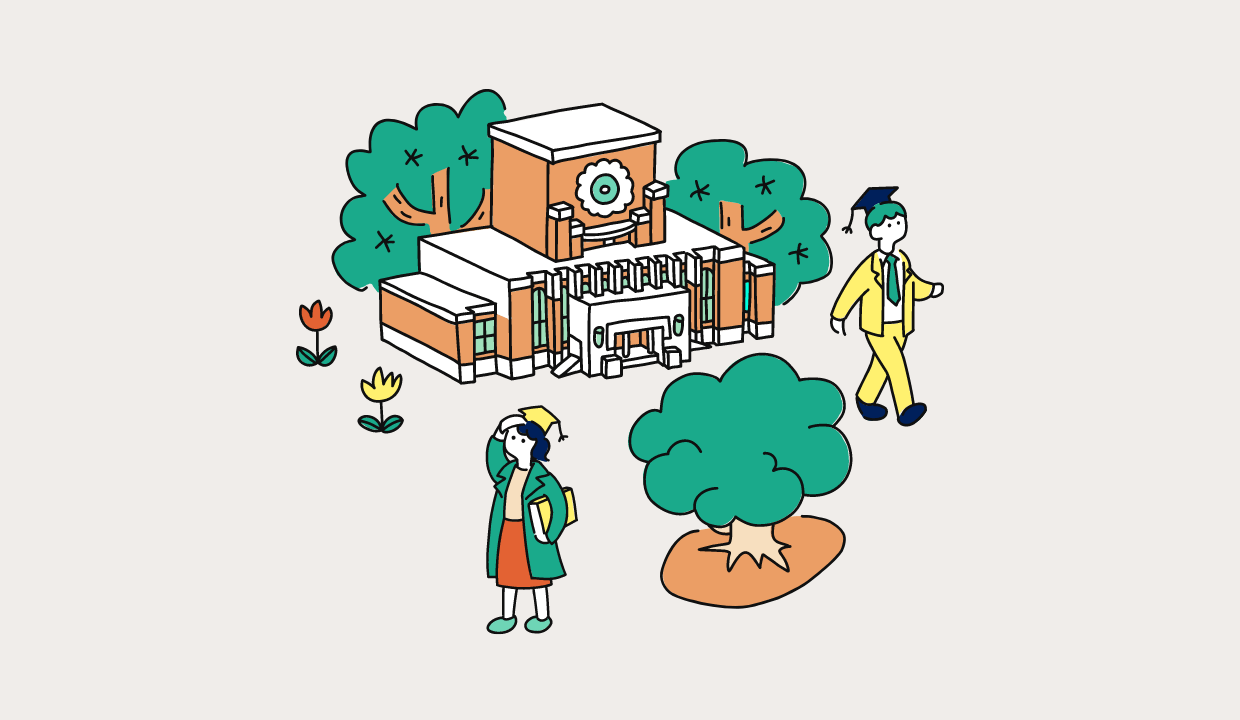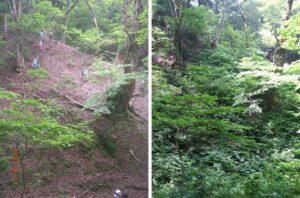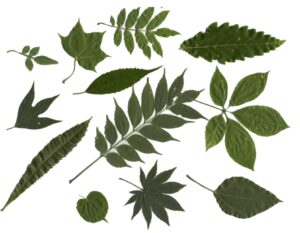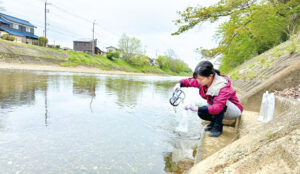Ex Situ Conservation of Endangered Wildlife Using Germ Cells
Conservationists breed and propagate endangered animal species based on conservation and propagation project plans, aiming to reintroduce the species to the wild. However, natural reproduction can be problem in some species; for many others, maintaining genetic diversity in breeding groups can be a challenge. To solve these problems, the following steps are necessary:
- Understand the status of individual differences and diversity among reproduction-related functional genes that impact species continuance.
- Gain an accurate grasp of the individual hormones that are critical in enabling reproduction.
- Improve the preservation of reproductive cells and fertilized eggs needed to secure sufficient genetic resources.
In this project, led by Professor Miho Murayama of the Wildlife Research Center, the aim is to establish reproduction-promoting technologies, such as artificial insemination and production of fertilized eggs using preserved reproductive cells, based on information on genomes and internal secretions related to reproduction. Focusing on two mammal species, the Tsushima leopard cat and the Okinawa rail, the project accumulates and connects samples of DNA, hormones and reproductive cells and related information, to contribute to the conservation and propagation of endangered animal species.
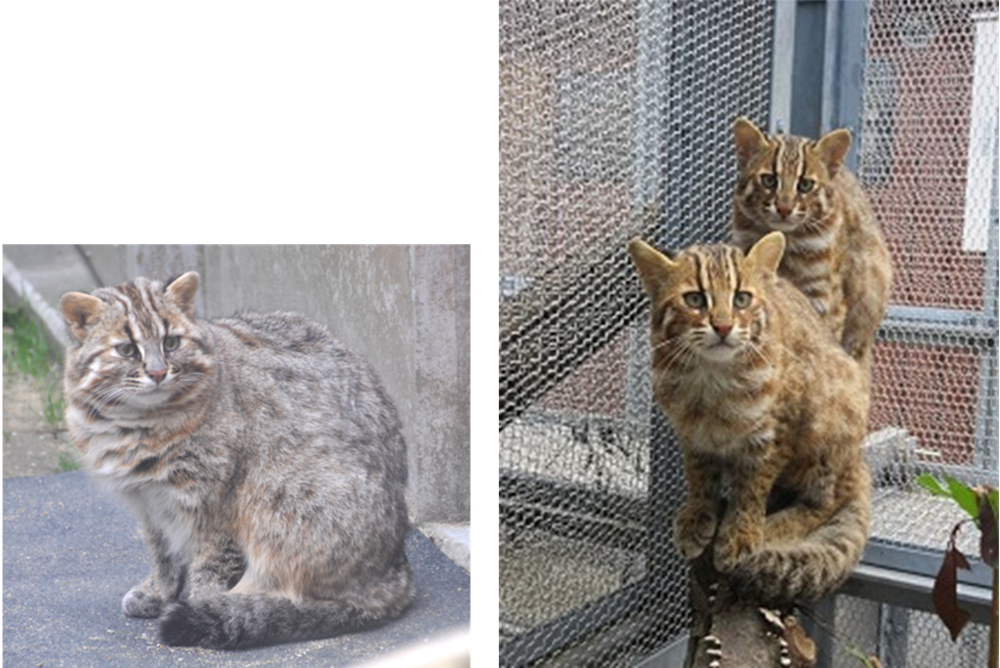
Prionailurus bengalensis euptilurus
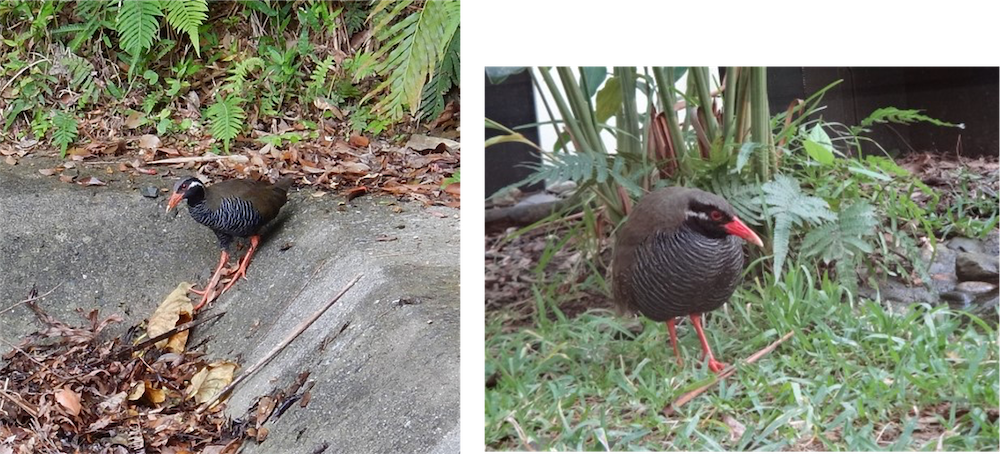
Hypotaenidia okinawae


